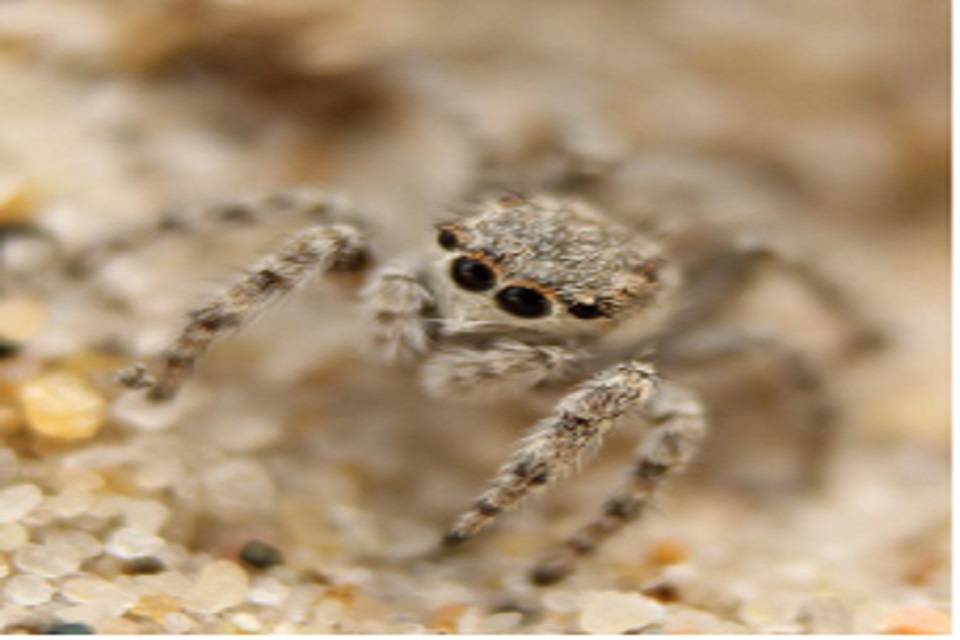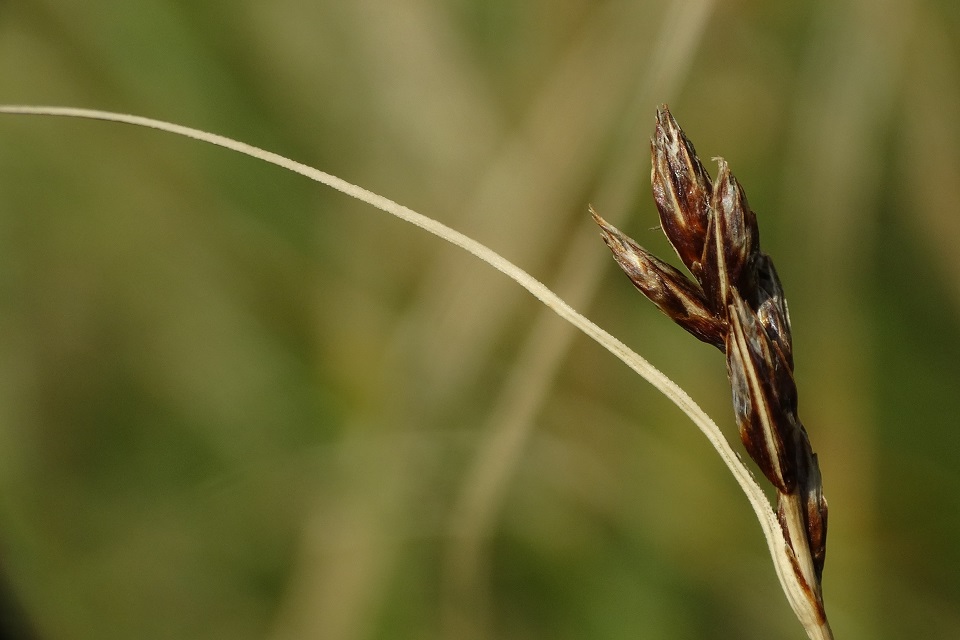Natural England has today confirmed Swanscombe Peninsula as a Site of Special Scientific Interest (SSSI) in recognition of its national importance for plants, geology, birds and invertebrates - including one of the rarest spiders in the country.
The decision was taken by Natural England's board at a public meeting and marks the last step in the designation process after the site was notified as a SSSI in March.
A valuable green space abundant in wildlife lying close to major urban areas, the 260 hectare site alongside the Thames Estuary forms a corridor of habitats connecting Ebbsfleet Valley with the southern shore of the River Thames between Dartford and Gravesend.
The site has been shaped by a number of industries including power generation, dredging, landfill and more than 150 years of chalk quarrying for cement production. These processes have left an incredible assortment of grassland, scrub, wetlands, grazing marsh and saltmarsh habitat, providing ideal conditions for a unique variety of wildlife.
The area is home to over 1,700 invertebrate species, which includes over a quarter of the UK's water beetle species and more than 200 species that are considered of conservation importance. It is one of just two places in the UK where the critically endangered distinguished jumping spider is found, the other being West Thurrock Marshes in Essex.

Distinguished jumping spider. Image: Ian Hughes
The rich and varied habitats on the Peninsula also provide great conditions for breeding birds such as marsh harrier and bearded tit, and for nationally scarce plants threatened with extinction in Great Britain, such as the divided sedge and the slender hare's ear.
In addition, the SSSI is a key geological site with deposits yielding fossils of large mammals and molluscs, as well as evidence of human occupation.
With a large population living close by, Swanscombe Peninsula has enormous value as a greenspace and refuge for people as well as wildlife. The England Coast Path, due to open in early 2022, will run around the northern boundary of the site, and with existing rights of ways provide people with important places to enjoy nature.
Tony Juniper, Chair of Natural England, said:
The exceptional variety of birds, invertebrates, plants and geology on this site is an important reminder that nature often thrives in places that might seem scruffy and derelict at first glance. It also emphasises the need to ensure that nature is protected and restored in places where people live, so that they have easy access to the health, wellbeing and joy that nature can provide.
In confirming the designation today Natural England again reiterated its commitment to continuing to work with developers and planners to ensure that nature can thrive alongside developments proposed for this area.
James Seymour, Sussex and Kent Area Manager, Natural England, said:
The confirmation of Swanscombe Peninsula as an SSSI is great news for one of the richest known sites in England for invertebrates, providing a mosaic of habitats to support nature recovery across the wider landscape.
This area is living proof that some of our most important species can thrive right on the doorstep of some of our most densely populated towns and cities, and this new SSSI will offer opportunities for people to connect with nature via the England Coast Path. Working in collaboration with our partners, special places like this will form the vital backbone of a national nature recovery network.

Divided sedge. Image: John Martin
Today's decision is the culmination of extensive work by Natural England staff to assess the evidence for SSSI status and work with local people who have an interest in the site, including businesses, landowners and developers. Natural England is committed to maintaining these important relationships and working in collaboration to find solutions for the wildlife to thrive alongside the current and future uses of this special site.
Natural England recognises that there is interest in and consideration of potential development opportunities in the Swanscombe area. Designation of this site for its nationally important wildlife features is an important step towards ensuring that its environmental value is recognised and taken due account of in any future planning decisions.






